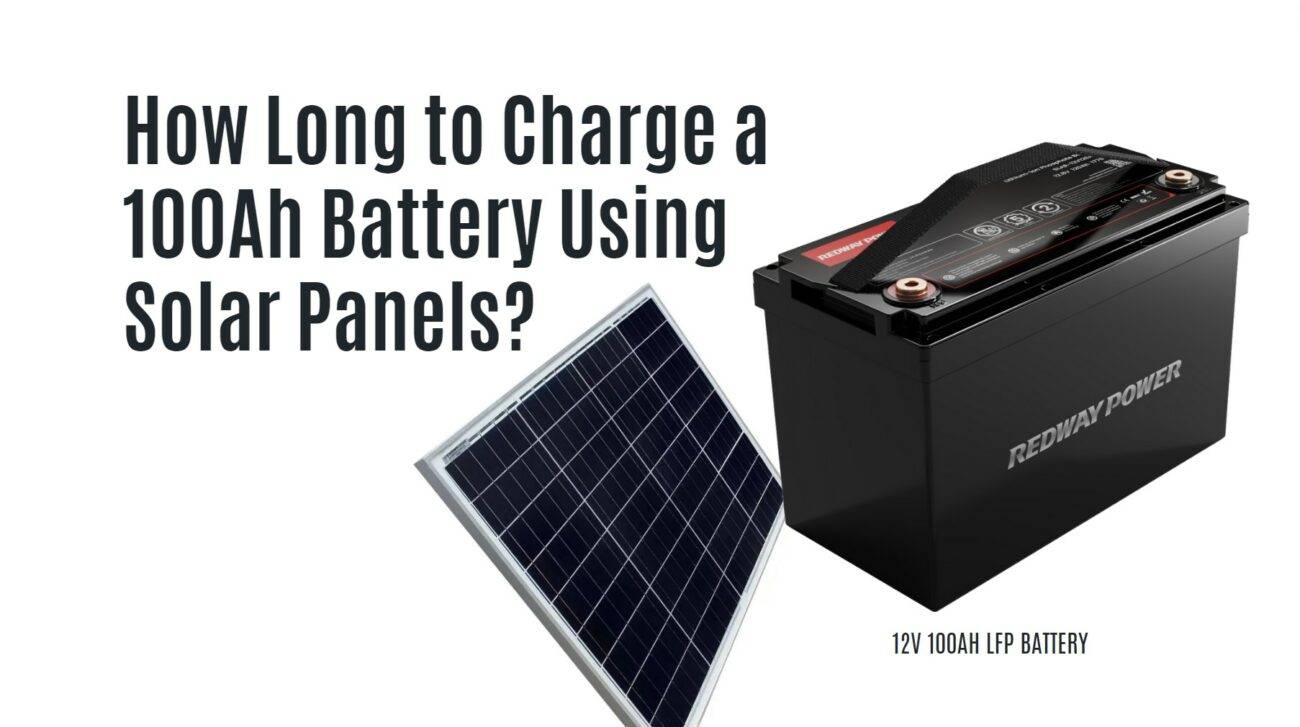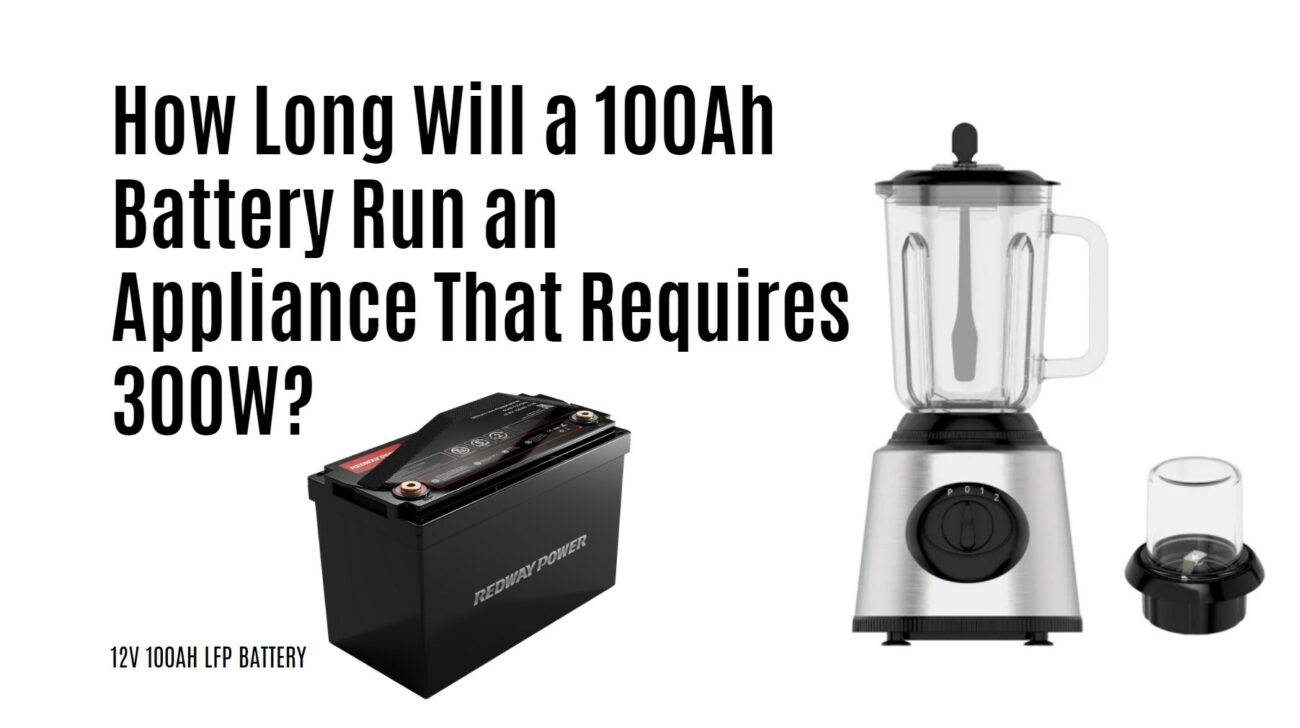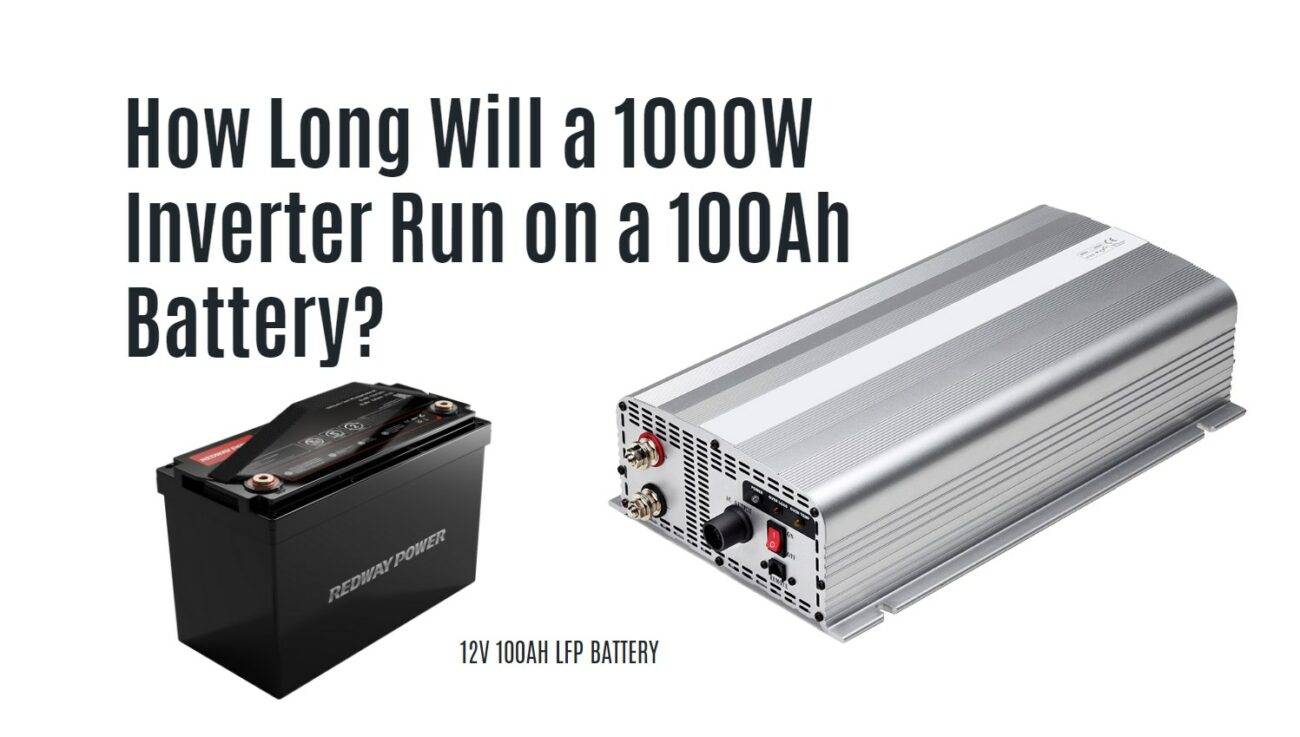- Forklift Lithium Battery
-
48V
- 48V 210Ah
- 48V 300Ah
- 48V 420Ah (949 x 349 x 569 mm)
- 48V 420Ah (950 x 421 x 450 mm)
- 48V 456Ah
- 48V 460Ah (830 x 630 x 590 mm)
- 48V 460Ah (950 x 421 x 450 mm)
- 48V 460Ah (800 x 630 x 600 mm)
- 48V 460Ah (820 x 660 x 470 mm)
- 48V 500Ah
- 48V 560Ah (810 x 630 x 600 mm)
- 48V 560Ah (950 x 592 x 450 mm)
- 48V 600Ah
- 48V 630Ah
-
48V
- Lithium Golf Cart Battery
- 12V Lithium Battery
12V 150Ah Lithium RV Battery
Bluetooth App | BCI Group 31
LiFePO4 Lithium
Discharge Temperature -20°C ~ 65°C
Fast Charger 14.6V 50A
Solar MPPT Charging - 24V Lithium Battery
- 36V Lithium Battery
- 48V Lithium Battery
-
48V LiFePO4 Battery
- 48V 50Ah
- 48V 50Ah (for Golf Carts)
- 48V 60Ah (8D)
- 48V 100Ah (8D)
- 48V 100Ah
- 48V 100Ah (Discharge 100A for Golf Carts)
- 48V 100Ah (Discharge 150A for Golf Carts)
- 48V 100Ah (Discharge 200A for Golf Carts)
- 48V 150Ah (for Golf Carts)
- 48V 160Ah (Discharge 100A for Golf Carts)
- 48V 160Ah (Discharge 160A for Golf Carts)
-
48V LiFePO4 Battery
- 60V Lithium Battery
-
60V LiFePO4 Battery
- 60V 20Ah
- 60V 30Ah
- 60V 50Ah
- 60V 50Ah (Small Size / Side Terminal)
- 60V 100Ah (for Electric Motocycle, Electric Scooter, LSV, AGV)
- 60V 100Ah (for Forklift, AGV, Electric Scooter, Sweeper)
- 60V 150Ah (E-Motocycle / E-Scooter / E-Tricycle / Tour LSV)
- 60V 200Ah (for Forklift, AGV, Electric Scooter, Sweeper)
-
60V LiFePO4 Battery
- 72V~96V Lithium Battery
- Rack-mounted Lithium Battery
- E-Bike Battery
- All-in-One Home-ESS
- Wall-mount Battery ESS
-
Home-ESS Lithium Battery PowerWall
- 24V 100Ah 2.4kWh PW24100-S PowerWall
- 48V 50Ah 2.4kWh PW4850-S PowerWall
- 48V 50Ah 2.56kWh PW5150-S PowerWall
- 48V 100Ah 5.12kWh PW51100-F PowerWall (IP65)
- 48V 100Ah 5.12kWh PW51100-S PowerWall
- 48V 100Ah 5.12kWh PW51100-H PowerWall
- 48V 200Ah 10kWh PW51200-H PowerWall
- 48V 300Ah 15kWh PW51300-H PowerWall
PowerWall 51.2V 100Ah LiFePO4 Lithium Battery
Highly popular in Asia and Eastern Europe.
CE Certification | Home-ESS -
Home-ESS Lithium Battery PowerWall
- Portable Power Stations
How Long Will a 100Ah Lithium Battery Last?

The lifespan of a 100Ah lithium battery depends on various factors, including the depth of discharge, usage patterns, and environmental conditions. Typically, a 100Ah lithium battery can last between 5 to 10 years, with proper care and optimal usage. Understanding these factors can help maximize the battery’s lifespan and performance.
What Factors Influence the Lifespan of a 100Ah Lithium Battery?
Several key factors affect how long a lithium battery will last:
- Depth of Discharge (DoD): The DoD refers to how much of the battery’s capacity is used before recharging. For lithium batteries, it is recommended to maintain a DoD between 20% and 80% for optimal longevity. Consistently discharging below this range can significantly decrease the battery’s lifespan.
- Temperature: Operating and storage temperatures play a crucial role in battery longevity. High temperatures can accelerate chemical reactions that degrade the battery, while low temperatures can reduce its ability to deliver power efficiently.
- Charging Practices: The way you charge your lithium battery can impact its lifespan. Rapid charging may be convenient but can stress the battery and lead to faster degradation. It is generally better to charge at a moderate rate.
| Factor | Impact on Lifespan |
|---|---|
| Depth of Discharge | Lower DoD extends lifespan |
| Temperature | Extreme temperatures shorten lifespan |
| Charging Practices | Moderate charging prolongs life |
How Does Depth of Discharge Affect Battery Life?
Depth of discharge is critical in determining how long a lithium battery lasts:
- Lower DoD Benefits: Keeping the DoD low (around 20%-80%) helps maintain the health of the battery’s chemistry, allowing for more charge cycles before significant capacity loss occurs.
- High DoD Risks: Frequently discharging a battery to very low levels (e.g., below 20%) can lead to premature aging and reduced capacity over time.
Why Is Temperature Management Important for Lithium Batteries?
Temperature management is vital for maintaining the performance and longevity of lithium batteries:
- High Temperatures: Excessive heat can accelerate degradation processes within the battery, leading to shorter lifespans and potential safety hazards.
- Low Temperatures: Cold environments can hinder the battery’s ability to deliver power effectively, reducing its overall performance.
What Are the Best Charging Practices for Lithium Batteries?
To maximize the lifespan of a 100Ah lithium battery, consider these charging practices:
- Avoid Full Charges: Regularly charging to 100% can stress the battery; aim for around 80% whenever possible.
- Use Smart Chargers: Smart chargers adjust charging rates based on the battery’s state, optimizing performance and reducing wear.
- Charge at Moderate Rates: Slow and steady charging is preferable over rapid charging methods that may cause stress.
How Can Usage Patterns Affect Battery Lifespan?
The way you use your lithium battery significantly impacts its longevity:
- Frequency of Use: Regular cycling (charging and discharging) is essential for maintaining capacity but should be done within recommended limits.
- Load Levels: High current draws during operation can lead to increased wear on the battery; managing load levels helps preserve health.
What Is the Role of Battery Management Systems (BMS)?
A robust Battery Management System (BMS) is crucial for extending lithium battery life:
- Monitoring Parameters: A BMS monitors voltage, current, temperature, and state of charge, ensuring that all parameters remain within safe limits.
- Protection Features: It prevents issues like overcharging, over-discharging, and thermal runaway, which can damage the battery.
Industrial News
The demand for lithium batteries continues to grow across various industries, particularly in electric vehicles and renewable energy systems. Recent advancements in BMS technology are enhancing safety and efficiency by allowing for better monitoring and management of battery health. Additionally, manufacturers are focusing on developing batteries with higher energy densities and longer lifespans to meet increasing energy storage needs.
Redway Power Expert Views
“Understanding how different factors affect lithium battery lifespan is essential for anyone using these technologies,” states an expert from Redway Power. “By managing depth of discharge, temperature, and charging practices effectively, users can significantly extend both performance and longevity.”
FAQ Section
How long does a 100Ah lithium battery typically last?
A well-maintained 100Ah lithium battery can last between 5 to 10 years depending on usage patterns and environmental conditions.
What is depth of discharge (DoD)?
Depth of discharge refers to how much energy has been used from a battery; lower DoD levels are recommended for longer lifespan.
How does temperature affect lithium batteries?
Extreme temperatures can degrade lithium batteries; high heat accelerates degradation while low temperatures reduce power delivery efficiency.
What are optimal charging practices for lithium batteries?
Charge at moderate rates, avoid full charges regularly, and use smart chargers that adjust based on battery state for best results.By understanding these factors influencing the lifespan of a 100Ah lithium battery, users can make informed decisions that enhance performance and ensure longevity in their applications.


























